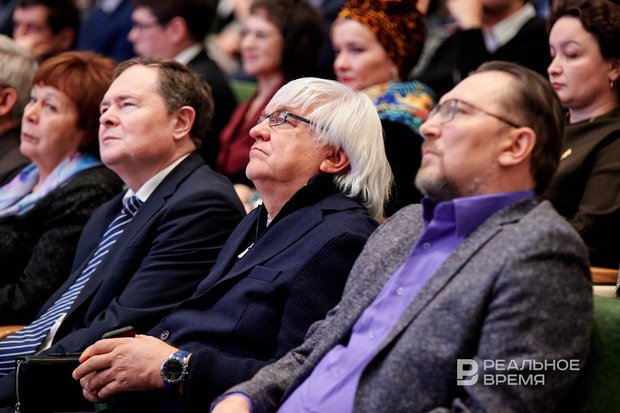Sergey Kolyada, Russia — the Country of Opportunities: ‘Now even rural newspapers turn into media holdings’
The focus on social media and unique content — an expert about who a modern media work should work
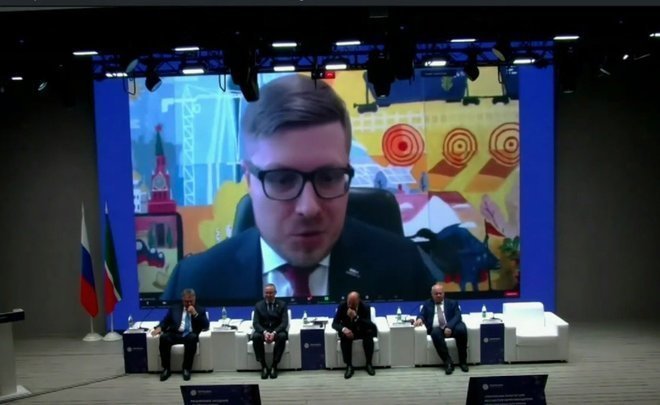
Crises of the recent years have increased the demand for information from public mass media: the average news coverage of all Tatarstan editorial boards is about 340,000 unique users from the region. Head of Tatmedia republican agency for press and mass communications Tatmedia Aydar Salimgarayev claimed this at a meeting of the agency on 24 January. Director General of Novy Vek TV channel, Chairman of the Tatarstan Union of Journalists and State Council deputy Ilshat Aminov noted that a low salary, a shortage of high-profile names and professional staff training remain key problems in the sector. Head of the PR Department of Russia — the Country of Opportunities Sergey Kolyada delivered a speech from Moscow via Zoom for the audience in the hall. However, the audience couldn’t listen the live video transmission of the meeting because the screen sound was off, only those who were sitting in the hall could hear the guest. This is why Realnoe Vremya publishes key takeaways of his speech.
“The boundaries between PR, advertising, marketing and SMM are erasing today”
At the beginning of his speech, Kolyada noted that the focus of Russian journalism in recent years had started to shift from classic ways of communications to digital means. According to him, traditional websites and media are working less, however, their media platforms are seriously developing.
“Even rural newspapers now turn into media holdings. In fact, besides the paper itself they have their own website, social media — both Vk.com and Odnoklassniki. Also, they have a Telegram channel. Many are using even podcasts. A municipal leader comes and talks about those events that have happened in the last month or half a year,” he said.
At the same time, he says the boundaries between PR, advertising, marketing and SMM are erasing today. As Kolyada noted, this is considered as one field of communication and the one who has everything united in one service wins.
“Earlier, there used to be a division that PR was about journalists and marketing managers were about clients. Because in the past one always had to act through a mediator. For instance, if we wanted some message, through the classic mass media a person had to do something: buy a newspaper, turn on TV and so on. Now a person is showered with all the news in the phone. Nothing even has to be done. With the appearance of social media everybody follows, these boundaries are erasing, and the communicator working in all the directions wins,” he said.
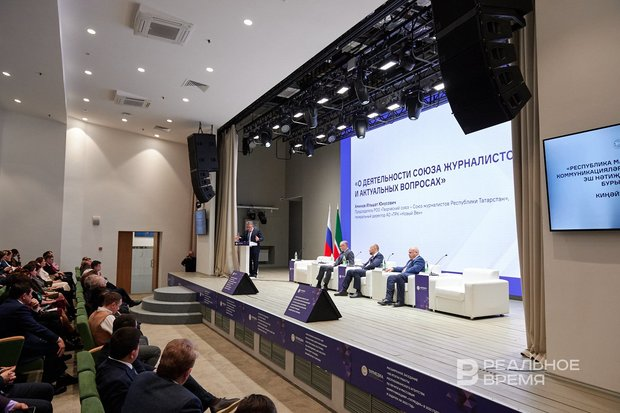
The audience consumes news in two ways
Kolyada stressed that now digital communication is everything that can allow a person to target the content he or she is interested in. He put an example of a study done in late 2021 about the gap of media consumption among different types of the audience. According to him, the youth from 14 to 17 years watch TV only in 28% of cases while they parents (from 45 to 54 years) do in 66% of cases.
“Earlier, if something was shown on TV, it meant everybody saw it. Now if something was shown on TV, it doesn’t mean somebody saw it in general,” he said.
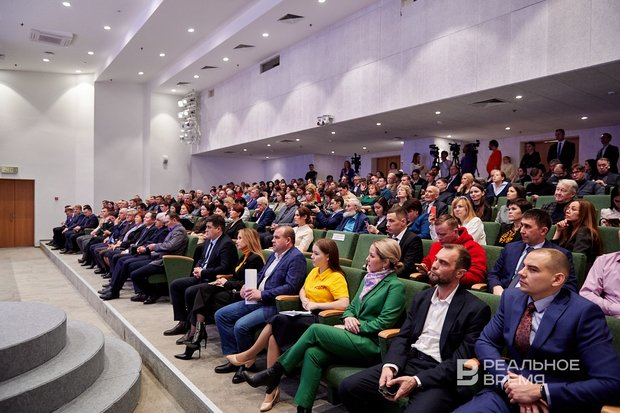
He named the difference on official websites and blogs on social media the second important factor. So the younger generation uses official sources only in 41% of cases, while information in blogs accounts for 65%. Kolyada says that parents, in contrast, consume 68% from websites and 34% from social media.
“The modern youth’s phone works so that they look for mass media, a beauty salon or a tyre repair shop on social media. In other words, the search engine isn’t on the Internet but on social media. This is why any contemporary media specialist should understand that he or she should tune different channels of communications for difference target audiences to provide the content that will suit them,” he concluded.
“The attention of the audience is the main currency now”
Also, the representative of this organisation talked about the time spent on the Net among different groups of the population as one of his arguments. He specified that 90% of communication with them was using a smartphone. So according to him, an average Russian spends 3 hours 48 minutes online, whereas young people from 12 to 17 years and from 18 to 24 hours use the phone for more than 5 hours 50 minutes. As the expert noted, 19% of this time is spent on social media, 18% on video content, 16% on messengers, 10% on games and 3% on shopping.
“The attention of the audience is the main currency now, the time people are ready to spend on reading some content. In general we all are very busy, while here an information flame comes over us. And here some online cinemas compete with sleep. A person chooses — to sleep or watch a film?” he said.
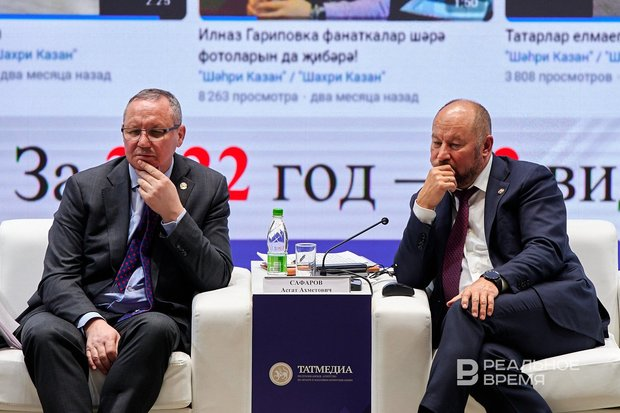
Sergey Kolyada separately stressed that 2022 showed that it didn’t matter to be rich or have a huge media service, it was enough to have a powerful content. At the same time, the exit of foreign platforms provided an opportunity to create Russian analogues free from habitual big bloggers.
So he says that doors to yet unoccupied niches that will allow getting the attention of a bigger number of users are opening for contemporary media workers. Nevertheless, despite their successful rise, such giants as Vk.com and Telegram still hold leading positions.
